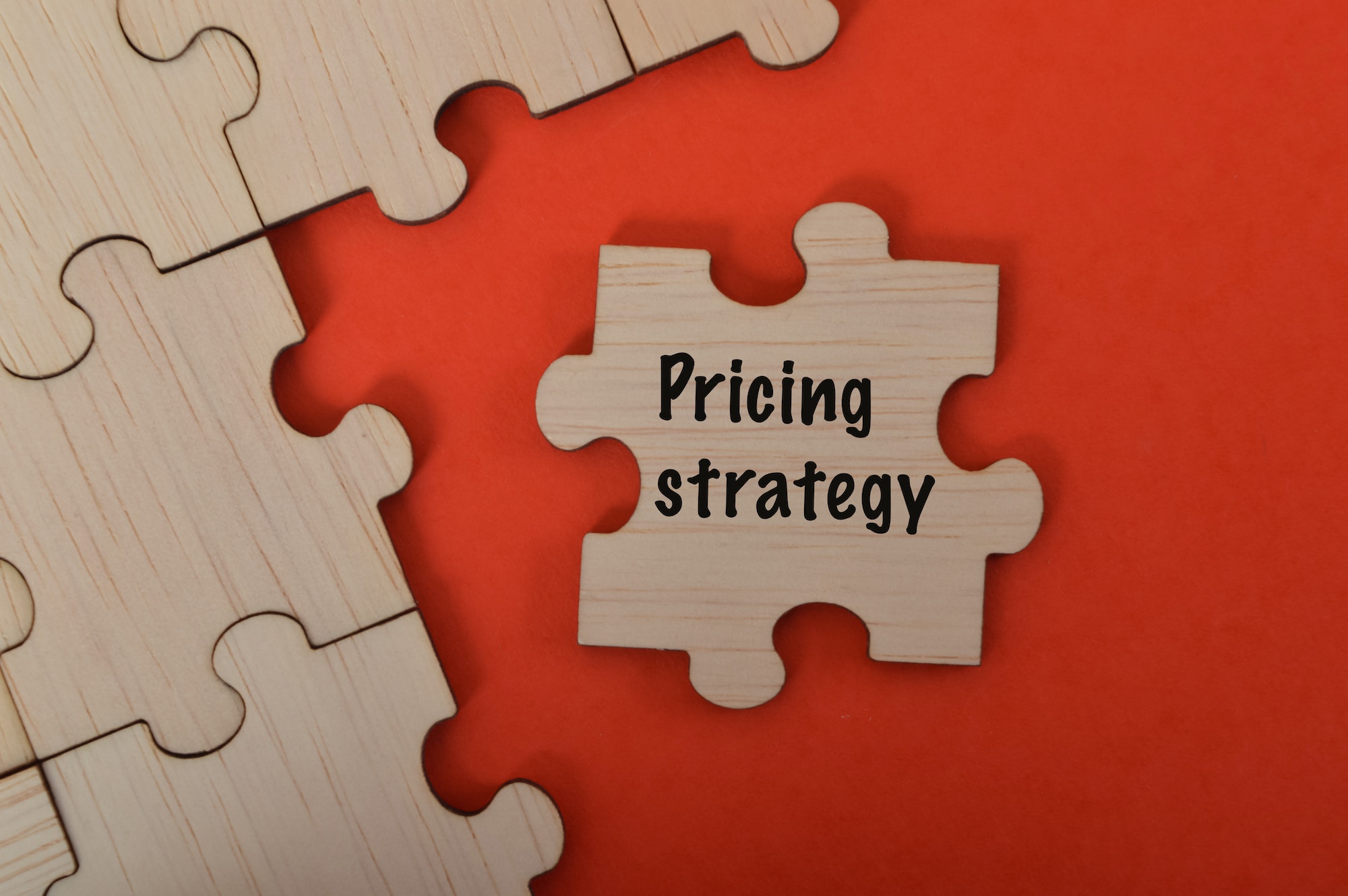Understanding the SaaS Market & SaaS Go-To-Market Strategy
As a SaaS business owner, understanding this market and the importance of a robust SAAS gtm strategy is crucial to your success.. When it comes to the SaaS (Software as a Service) market, it’s a rapidly evolving landscape that’s growing at an unprecedented rate.
The Importance of a SaaS Go-to-Market Strategy
A well-defined go-to-market (GTM) strategy acts as a blueprint for your SaaS business, guiding you from product development to customer acquisition. It outlines your business goals, identifies your target market, and defines your unique value proposition. A strong GTM strategy is more than just a marketing plan; it’s essential to your overall business strategy. It helps you understand your market, competition, and customer needs. It also outlines how you will reach your target market, the channels you will use, and how you will communicate your product’s unique value to the customers. A GTM strategy can help you achieve faster market penetration, increase customer acquisition, and generate consistent revenue growth. For more insights on creating a compelling GTM strategy, check out our guide on saas marketing strategies.The Unique Challenges of the SaaS Industry
While the SaaS market offers significant opportunities, it also brings unique challenges. Here are some of the key challenges that you need to be aware of:- High Competition: The SaaS market is highly competitive, with numerous companies offering similar solutions. Standing out in this crowded market requires a strong value proposition and a unique marketing strategy.
- Customer Acquisition and Retention: The subscription-based model of SaaS businesses means that customer acquisition and retention are crucial for long-term success. You need to attract new customers and keep existing customers engaged to maintain steady revenue.
- Rapid Technological Changes: The tech industry is constantly evolving, and SaaS businesses need to keep up with these changes to stay relevant. This requires continuous innovation and adaptation.
- Security Concerns: With the increasing incidence of cyber threats, SaaS businesses need to prioritize security to gain their customers’ trust.
Key Components of a SaaS Go-to-Market Strategy
Crafting a robust and effective saas go-to-market strategy is pivotal to your business’s success. There are three key components to consider: identifying your target market, defining your unique value proposition, and establishing your pricing model.Identifying Target Market for Your SaaS GTM Strategy
Understanding your potential customers is crucial to tailoring your product and marketing efforts to their needs and preferences. You need to identify your target market by analyzing demographic, geographic, and psychographic data. This will help you understand who they are, what they need, and how your SaaS solution can meet those needs. When identifying your target market, consider the following:- Who are your ideal customers?
- What are the needs that your product fulfils?
- What are their behaviours and preferences?
- What are the challenges that your product addresses?
- What channels do they use to seek solutions?
Defining Your Unique Value Proposition
Your unique value proposition (UVP) is the unique value your product provides to customers that sets you apart from the competition. It’s the reason why customers should choose your product over others in the market. A well-defined UVP is a crucial part of your saas go-to-market strategy. Your UVP should be:- Clear: It should clearly articulate the benefit you offer.
- Specific: It should specify what makes you unique.
- Compelling: It should be compelling enough to attract and retain customers.
Establishing Your Pricing Model
Your pricing model is a key component of your saas go-to-market strategy. It determines how you’ll charge for your product, which directly impacts your revenue and profitability. Your pricing model should align with your target market’s expectations and willingness to pay, while also reflecting the value you provide. There are several pricing models commonly used in the SaaS industry:- Freemium: Offering a free, limited version of your product alongside premium, paid versions.
- Subscription: Charging customers a recurring fee to access your product.
- Usage-based: Charging customers based on their usage of your product.
 Each pricing model has benefits and drawbacks; the right choice depends on your business context. You can learn more about these models in our article on saas pricing strategy.
These three components form a solid foundation for your saas go-to-market strategy. By identifying your target market, defining your unique value proposition, and establishing a suitable pricing model, you’re well on your way to mastering your SaaS success.
Each pricing model has benefits and drawbacks; the right choice depends on your business context. You can learn more about these models in our article on saas pricing strategy.
These three components form a solid foundation for your saas go-to-market strategy. By identifying your target market, defining your unique value proposition, and establishing a suitable pricing model, you’re well on your way to mastering your SaaS success.
How Can Content Marketing Contribute to a Successful SaaS GTM Strategy?
Content marketing is the key to SaaS growth. By creating valuable and relevant content, SaaS companies can attract and engage their target audience, build brand awareness, and establish thought leadership in the industry. This, in turn, contributes to a successful GTM (go-to-market) strategy by driving lead generation and increasing customer acquisition.
Building Your SaaS Go-to-Market Strategy
Developing a robust SaaS go-to-market strategy involves comprehensive market research, effective product positioning, and a well-planned channel strategy. This section will delve into these key building blocks to help you create a successful go-to-market plan for your SaaS business.Market Research and Competitive Analysis
Market research forms the backbone of your go-to-market strategy. By understanding your target audience, their needs, and their behaviour, you can create a product that solves their problems and delivers real value. Use a combination of primary and secondary research methods to gather data about your target market. Competitive analysis, on the other hand, allows you to understand the strengths and weaknesses of your competitors. This information helps you identify opportunities to differentiate your SaaS product and carve out a unique space in the market. Analyze your competitors’ product features, pricing models, marketing strategies, and customer reviews to gain insights that can inform your strategy.Product Positioning and Messaging
Once you clearly understand your market and competitors, the next step is to define your product positioning. This involves creating a unique value proposition that communicates how your SaaS product is different from (and better than) the competition. Your value proposition should be concise, compelling, and customer-focused. Your product messaging should also be consistent across all channels and touchpoints. It should clearly communicate your product’s benefits, why it’s unique, and how it solves the customer’s problem. To learn more about crafting effective messaging for your SaaS product, check out our guide on SaaS product marketing.Channel Strategy and Marketing Mix
Your channel strategy should outline the distinct paths you’ll use to reach your target audience. This could include various digital marketing channels like content marketing, email marketing, social media marketing, SEO, and PPC advertising. The right mix of channels will depend on your target audience, your product, and your budget. Content marketing, for instance, can help you demonstrate your product’s value and build trust with your audience. Visit our SaaS content marketing guide for tips on creating compelling content. Email marketing can also be a powerful tool for nurturing leads and converting them into paying customers. Learn how to leverage this channel in our SaaS email marketing article. Remember, the key is to test, measure, and refine your marketing mix over time. Use analytics to identify which channels are driving the most qualified leads and highest ROI, and adjust your strategy accordingly. Building a thorough and thoughtful go-to-market strategy is crucial in achieving success in the SaaS industry. By conducting comprehensive market research, crafting compelling product positioning, and developing an effective channel strategy, you’ll be well on your way to driving growth and achieving your business goals.Executing Your Go-to-Market Strategy
Once you have your SaaS go-to-market strategy in place, the next step is execution. This involves assembling your go-to-market team, planning and executing your product launch, and measuring success to refine your strategy.Go-to-Market Team Structure
Creating the right team structure is vital for successful execution of your go-to-market strategy. Your team should be able to address all aspects of the strategy, from market research and product positioning to sales and customer relations. A typical SaaS go-to-market team might include roles such as:- Product Manager who handles product development and feature prioritization.
- Market Research Analyst who conducts market research and competitor analysis.
- Marketing Manager who oversees all marketing efforts, including SaaS content marketing and SaaS email marketing.
- Sales Manager who drives sales and manages customer relationships.
- Customer Success Manager who ensures customer satisfaction post-purchase.
Launch Planning and Execution
A well-planned product launch can help you gain early traction in the market. It involves setting clear objectives, defining your target audience, crafting a compelling message, and choosing the right channels for promotion. When planning your launch, consider the following:- Objectives: What do you aim to achieve with your product launch? Are you looking to acquire new customers, increase brand awareness, or break into a new market segment?
- Target Audience: Who are your ideal customers? What are their needs and pain points? How can your product address these issues?
- Messaging: What key benefits and features do you want to highlight about your product? How will they resonate with your target audience?
- Channels: Where does your target audience spend their time? Which channels (e.g., social media, email, blogs) will most effectively reach them?
Measuring Success and Refining Your Strategy
Once your product is in the market, it’s important to measure your success. This involves tracking key performance indicators (KPIs) and using these insights to refine your strategy. Some common KPIs for SaaS companies might include:- Customer Acquisition Cost (CAC): The cost of acquiring a new customer.
- Monthly Recurring Revenue (MRR): The amount of revenue generated each month from subscriptions.
- Customer Lifetime Value (CLTV): The total revenue a single customer is expected to generate over the lifespan of their relationship with your company.
| KPI | Description |
|---|---|
| Customer Acquisition Cost (CAC) | The cost of acquiring a new customer |
| Monthly Recurring Revenue (MRR) | The amount of revenue generated each month from subscriptions |
| Customer Lifetime Value (CLTV) | The total revenue a single customer is expected to generate over the lifespan of their relationship with your company |
Case Study: Successful Go-to-Market Strategies in SaaS
Learning from successful businesses can be a great way to refine and optimize your saas go-to-market strategy. Let’s delve into some key lessons and best practices derived from successful SaaS companies.Lessons Learned from Successful SaaS Companies
Successful SaaS companies often succeed not just by offering innovative products, but by implementing effective go-to-market strategies. Here are a few common denominators identified in their success:- Understanding the Target Market: Successful SaaS companies invest considerable resources in understanding their target market. This involves rigorous market research, customer segmentation, and persona creation.
- Clear Value Proposition: They have a clear and compelling value proposition that differentiates their product from the competition. This value proposition is consistently communicated across all marketing and sales channels.
- Effective Pricing Strategy: They often employ a flexible pricing strategy that aligns with the value delivered to the customer. This can include freemium models, usage-based pricing, or tiered pricing models. Learn more about effective pricing in our article on SaaS pricing strategy.
- Multi-channel Marketing: Successful SaaS companies leverage multiple marketing channels, including content marketing, email marketing, SEO, and social media, to reach their target audience. Explore more about these strategies in our guide on SaaS marketing strategies.
- Measuring Success: They continually monitor and measure the effectiveness of their go-to-market strategy using key performance indicators (KPIs) and adjust their approach based on these insights. Check out our article on SaaS marketing metrics for more details.
Adapting Best Practices for Your Business
While learning from successful companies is beneficial, it’s equally important to adapt these practices according to your business’s unique needs and circumstances. Here are a few suggestions:- Customize Your Approach: While the aforementioned practices are common among successful SaaS companies, your go-to-market strategy should be tailored to your business. This includes understanding your target market’s specific needs and pain points and crafting a unique value proposition that addresses them.
- Experiment and Iterate: Don’t be afraid to experiment with different marketing channels, pricing models, or sales strategies. The key is to monitor your results, learn from your successes and failures, and continually refine your approach.
- Keep Up with Industry Trends: The SaaS industry is constantly evolving. Stay updated with the latest trends and advancements in the industry to ensure your go-to-market strategy remains relevant and effective.
- Leverage Data: Utilize data to make informed decisions. This can help you identify which aspects of your strategy are working and which ones need improvement.


